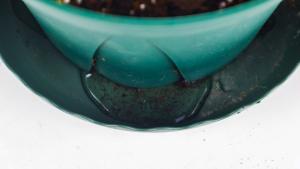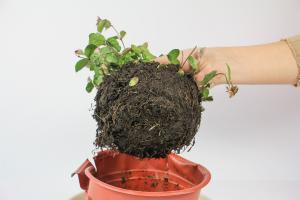How to Plant a Water Lily in a Pond
Water lilies are aquatic plants that are prized for their beautiful, fragrant flowers and lush, green foliage. They are easy to grow and can add a touch of elegance to any garden pond. If you're thinking of planting water lilies in your pond, here's a step-by-step guide to help you get started.
Step 1: Choose the Right Water Lily Variety
The first thing you need to do is choose the right variety of water lily for your pond. Water lilies come in a range of colors, from white to pink to yellow, and there are also different sizes available. Before you choose a water lily, consider the size of your pond and the depth of the water. Dwarf water lilies are best suited for small ponds, while larger varieties are ideal for larger ponds with deeper water.
Step 2: Prepare the Pond
The next step is to prepare the pond for planting. If you have an existing pond, remove any debris or dead plants to ensure that the water is clean and healthy. If you're building a new pond, make sure it's at least 18 inches deep to ensure that the water stays cool during hot summer months. You should also consider adding a layer of pond liner to prevent the water from leaking out of the pond.
Step 3: Plant the Water Lily
Once the pond is ready, it's time to plant the water lily. You can either plant the water lily in a container or plant it directly in the pond. If you're planting in a container, choose a wide, shallow container with no drainage holes. Fill the container with a mix of equal parts clay, sand, and topsoil. Place the water lily bulb in the center of the container and cover it with the soil mixture. If you're planting directly in the pond, place the water lily bulb in a shallow depression in the pond bottom, making sure that the growing tip is facing upward. Cover the bulb with a layer of sand or gravel to protect it from fish and other aquatic creatures.
Step 4: Maintain the Water Lily
Water lilies require minimal maintenance once they are established. They should be fertilized every 2-3 months with a slow-release fertilizer specifically formulated for aquatic plants. If the leaves start to turn yellow or brown, it's a sign that the water lily is not getting enough nutrients. You should also trim back any dead or dying leaves as needed to keep the plant looking its best. Finally, make sure that the water level stays consistent, as fluctuations in water level can stress the plant and cause it to die.
Conclusion
Planting water lilies in your pond is a simple way to add beauty and elegance to your backyard oasis. By following the steps outlined above, you can successfully plant water lilies and enjoy their lovely blooms and lush foliage for years to come.

 how many times do yo...
how many times do yo... how many planted tre...
how many planted tre... how many pine trees ...
how many pine trees ... how many pecan trees...
how many pecan trees... how many plants comp...
how many plants comp... how many plants can ...
how many plants can ... how many plants and ...
how many plants and ... how many pepper plan...
how many pepper plan...































